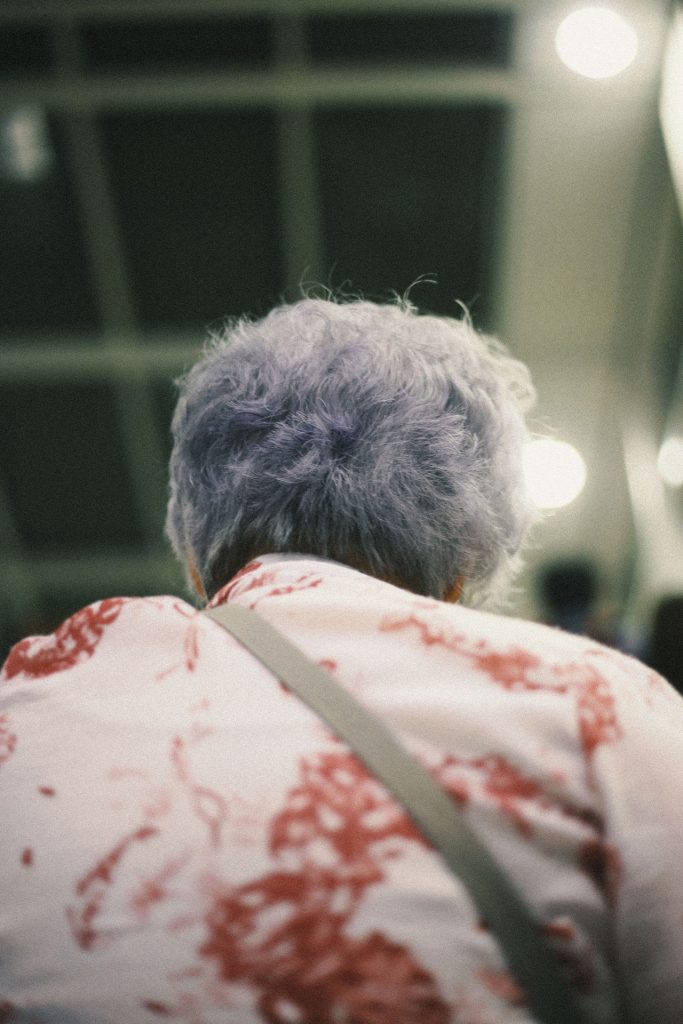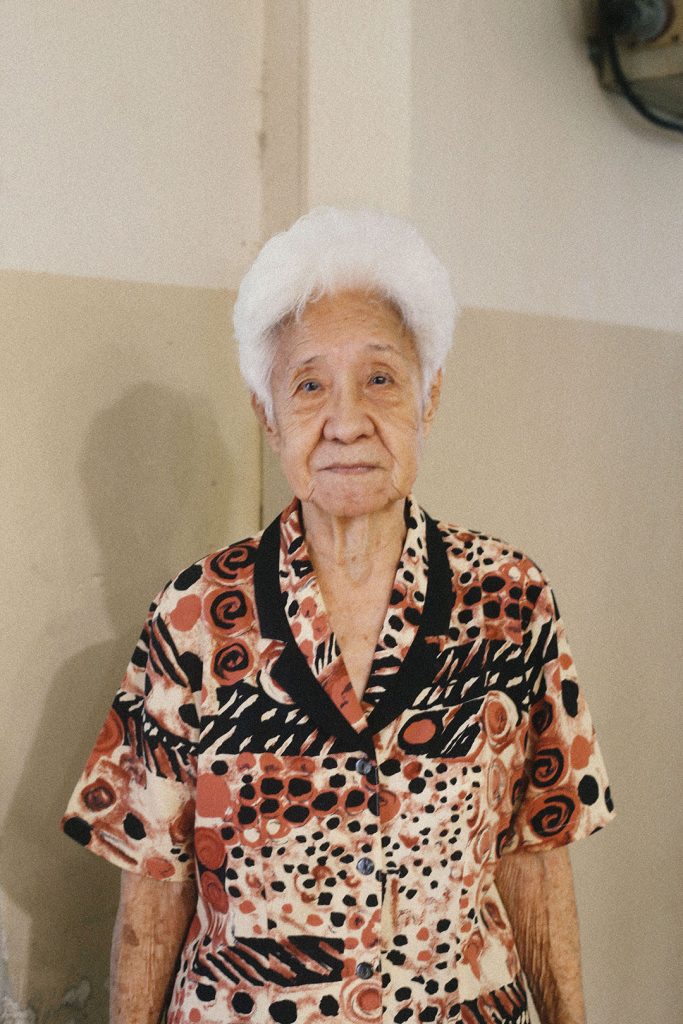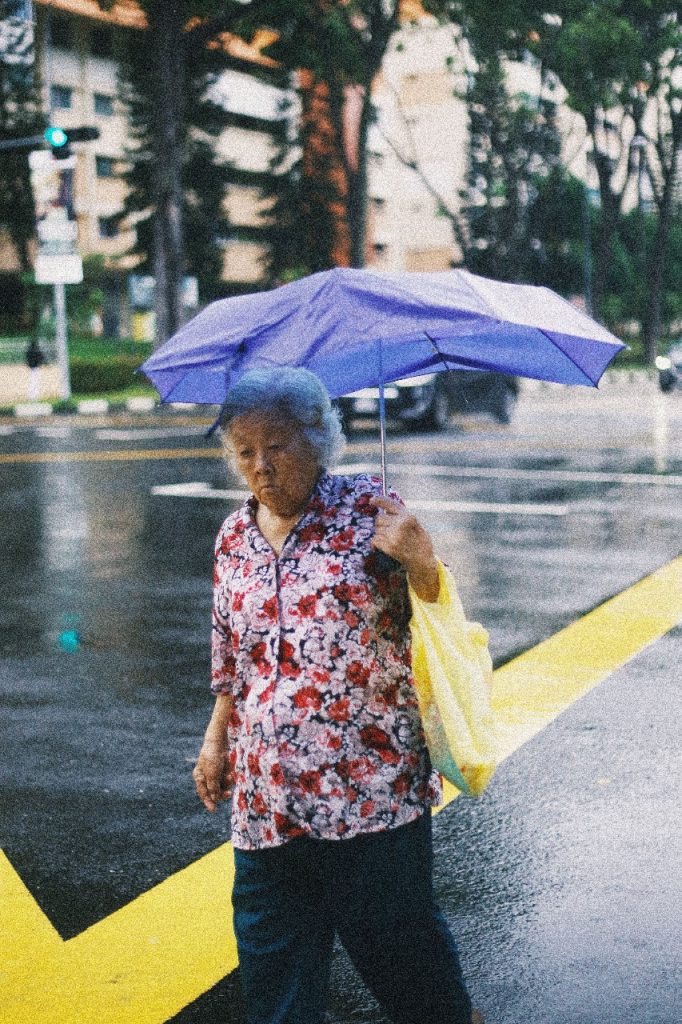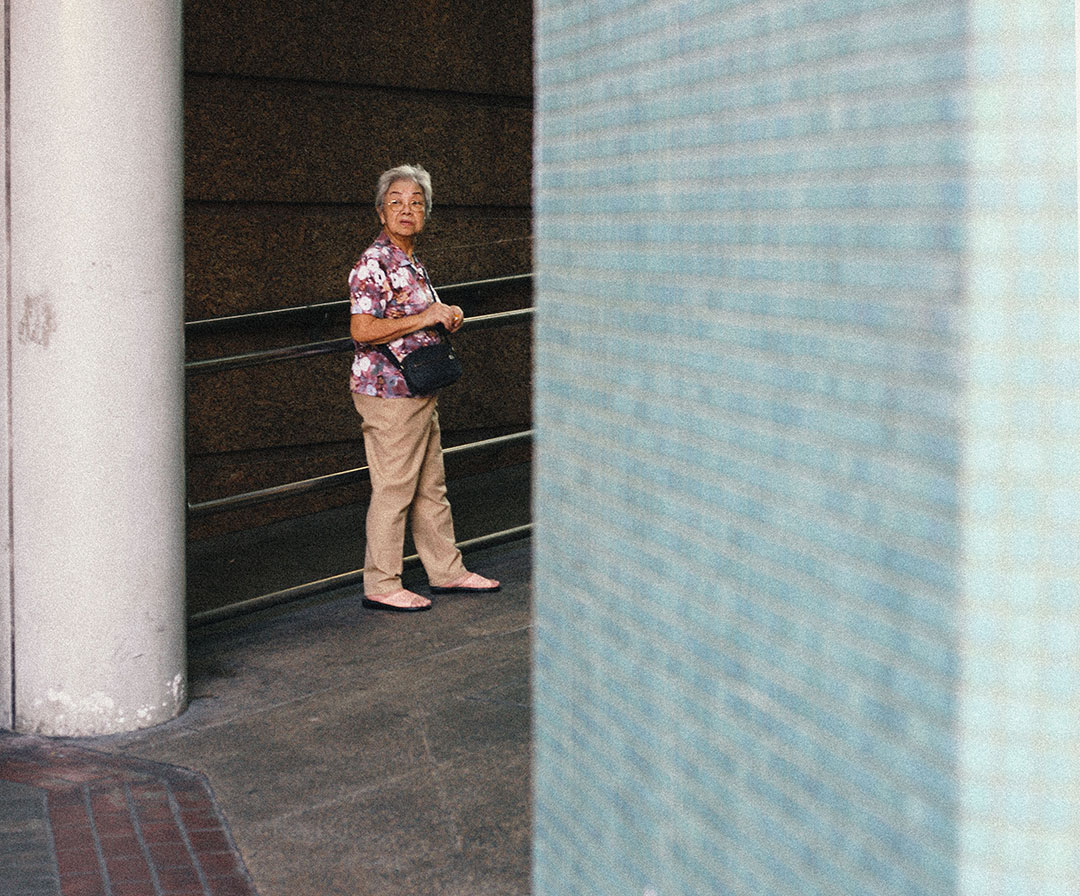Growing up, I was always fascinated by my grandmother’s pyjamas.
“This must be what it means to be an adult,” I would think to myself, watching her wear the same kind of outfit at home, in Chinese restaurants at birthday celebrations, and to bed for afternoon naps. As I admired the loose elegance of those garments, I too wanted my own set of pyjamas that I would never have to change out of.
Only much later did I realise these were not pyjamas; that seniority in life doesn’t bring with it the right to wear your sleeping clothes wherever you want. I was disappointed, but the fascination remained.
How did an entire of generation of grandmothers simply decide to buy all their clothes from the same store?
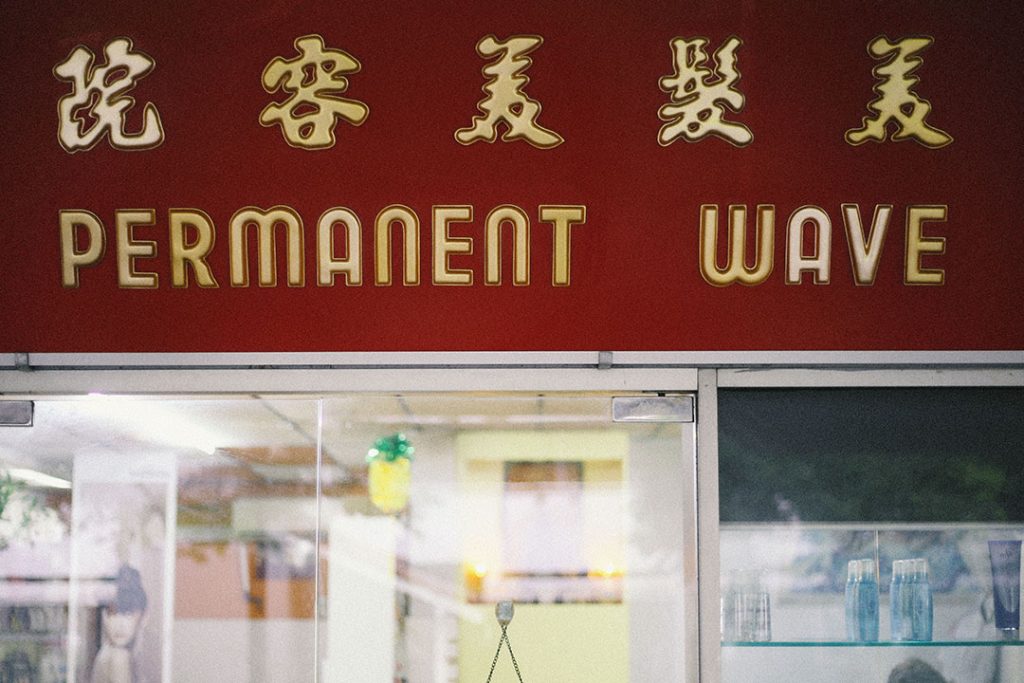
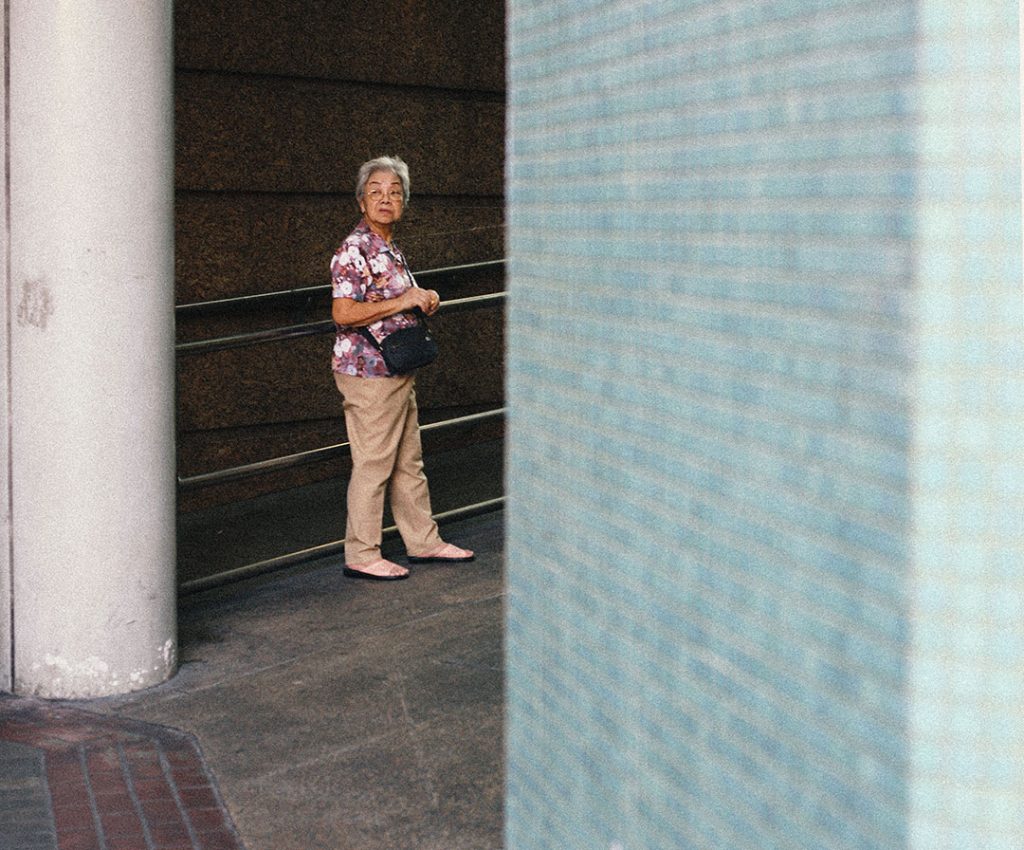
Over time, they’ve been adapted for wear in ordinary situations, hence their ubiquitous presence in everyday life, along with a preference for them that is isolated to a certain generation of much older Singaporean women. It’s clothing that, I suppose, women like my grandma have worn most of their lives.
Today, retailers in shopping centres like OG and CK Departmental Store sell a range of styles: some regal, some eccentric, some prehistoric. Some still invoke the cut and style of traditional Chinese costumes while others look completely modern.
Even then, not all grandma clothes are made equal.
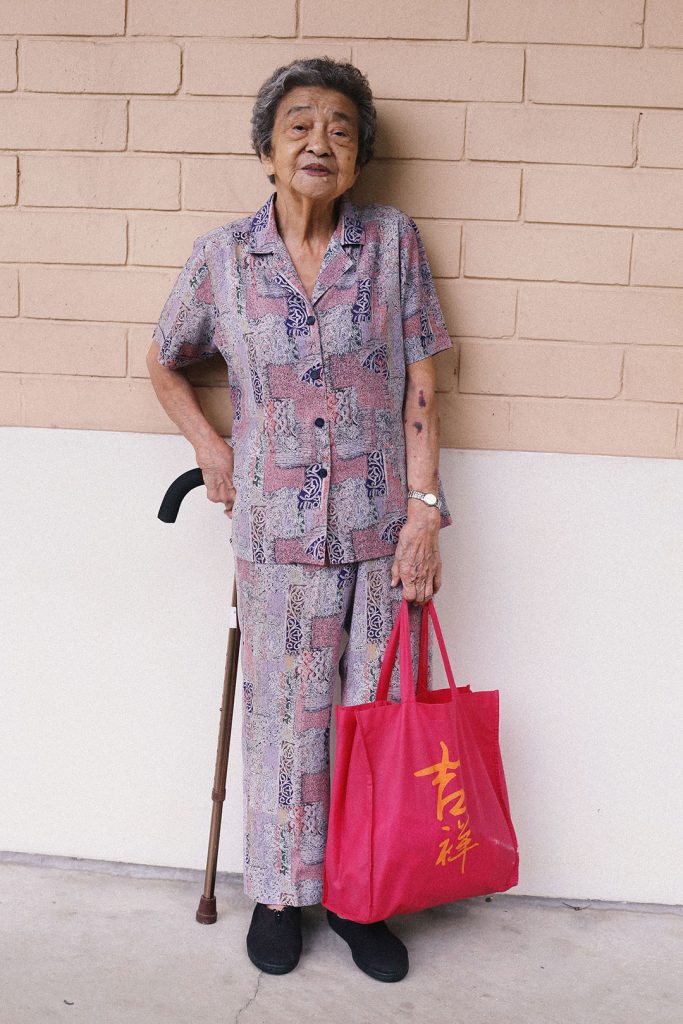
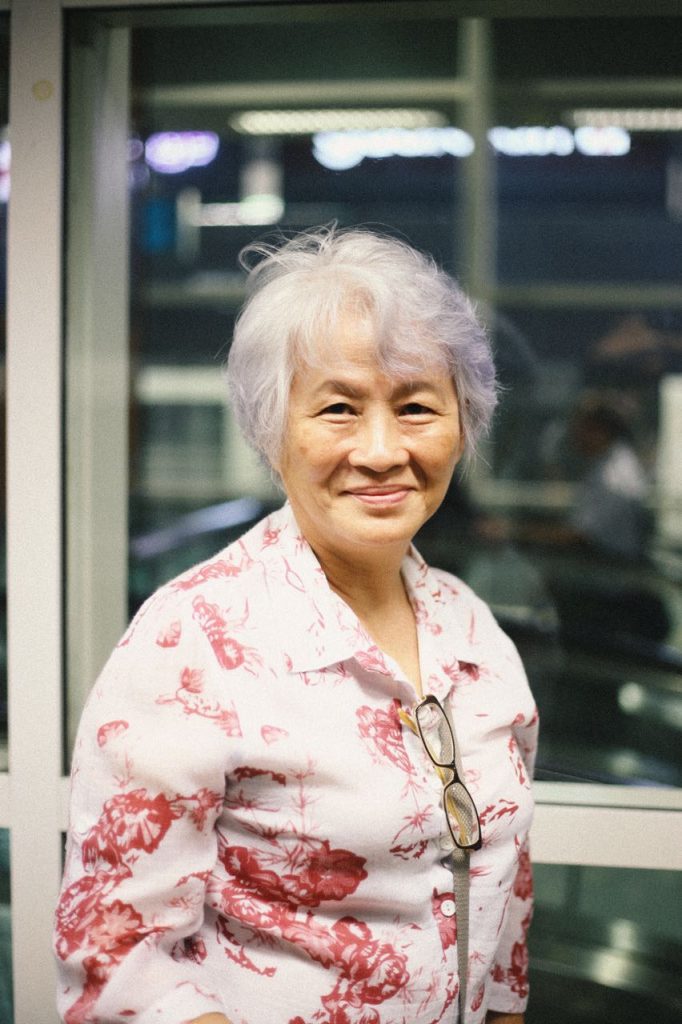
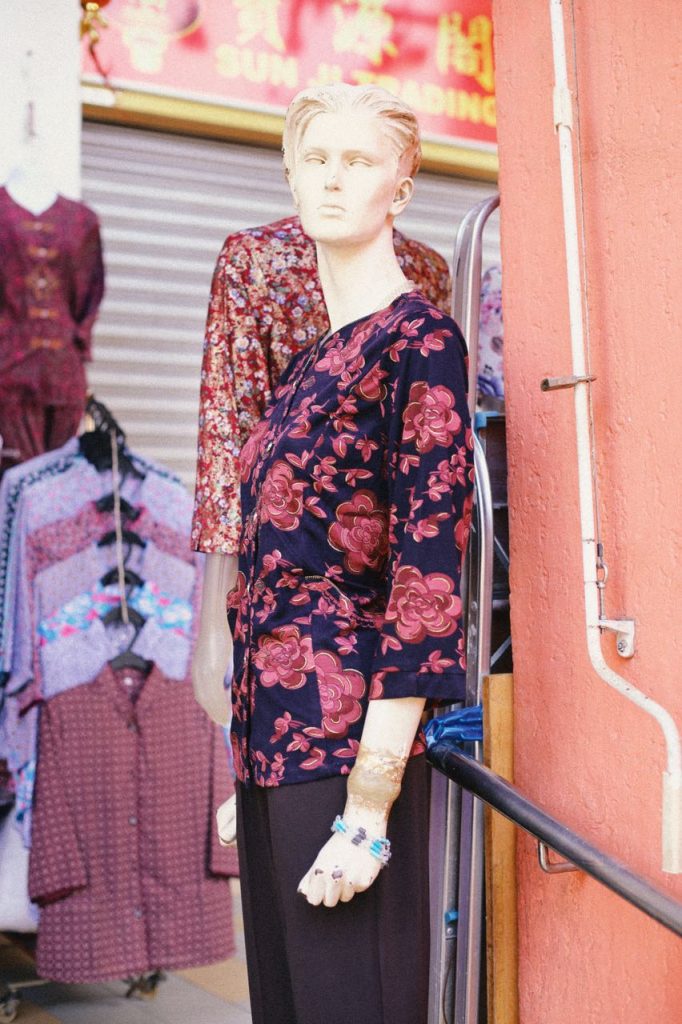
The second type has a flat, floppier safari shirt type collar that accompanies a deep V cut, and is generally considered more casual. They can look sloppy or utilitarian, but you can also find those made with more luxurious fabrics like silk.
My Mum jokes that these sort of “aunty” clothes all need to fulfil three criteria. Firstly, they have to be comfortable. Secondly, they must not require ironing. Thirdly, they must be affordable.
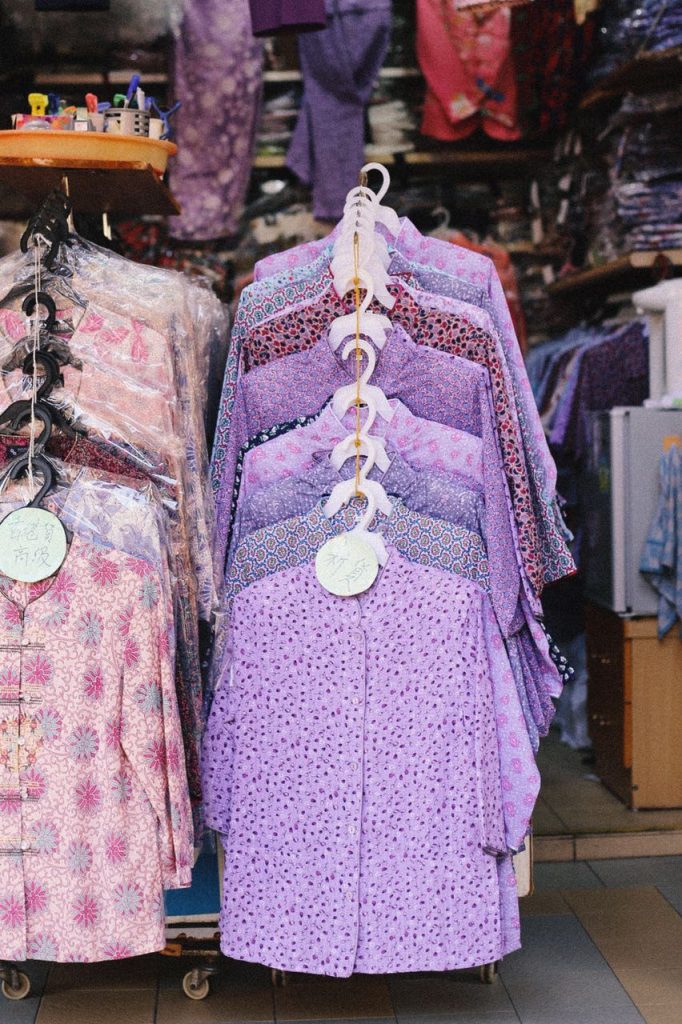
At both departmental stores, I’m told, you tend to get very different crowds. The OG patrons are apparently more hiao (vain) and atas (high class) whereas the CK crowd includes those who enjoy hunting for bargains at small stores in the People’s Park area.
When I ask my Mum if she’ll ever dress like this, she rolls her eyes, saying, “Even if you hold a gun to my head, I will never wear clothes like that.”
So what does this mean for the future of this rather niche fashion industry?
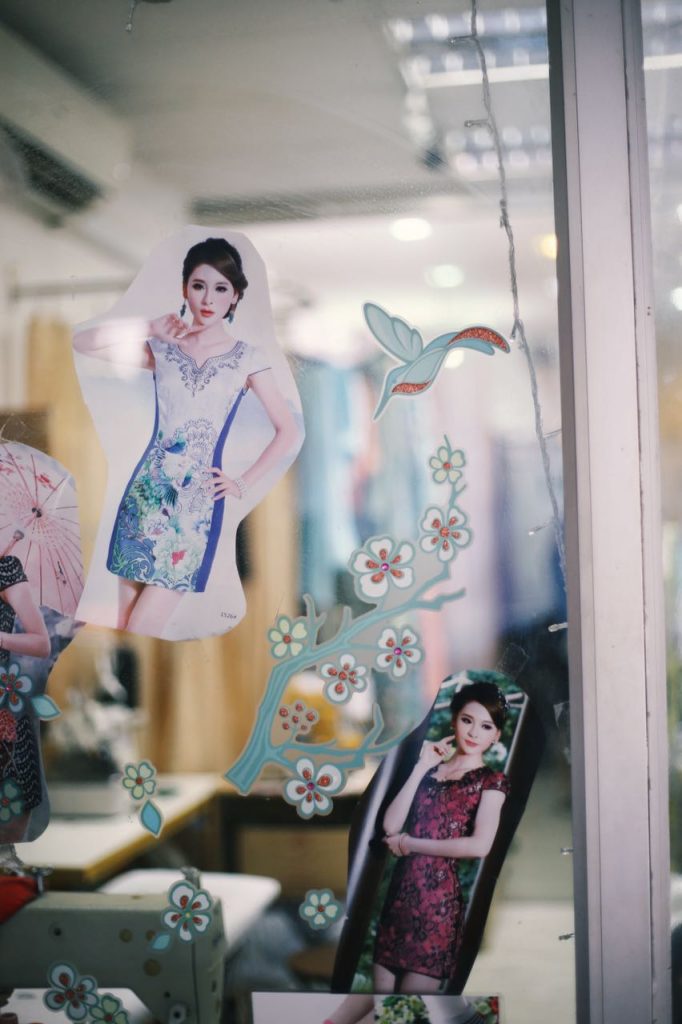
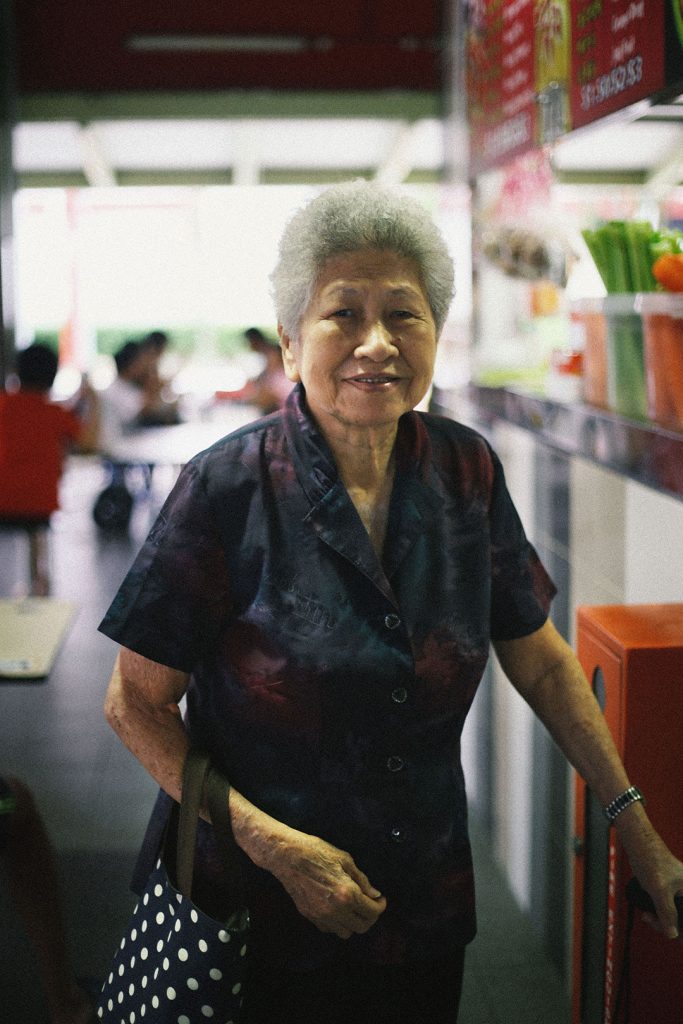

Another offers a more upbeat perspective: “Who knows? Young people are very into vintage clothing these days right. Maybe old people clothes will become young people clothes.”
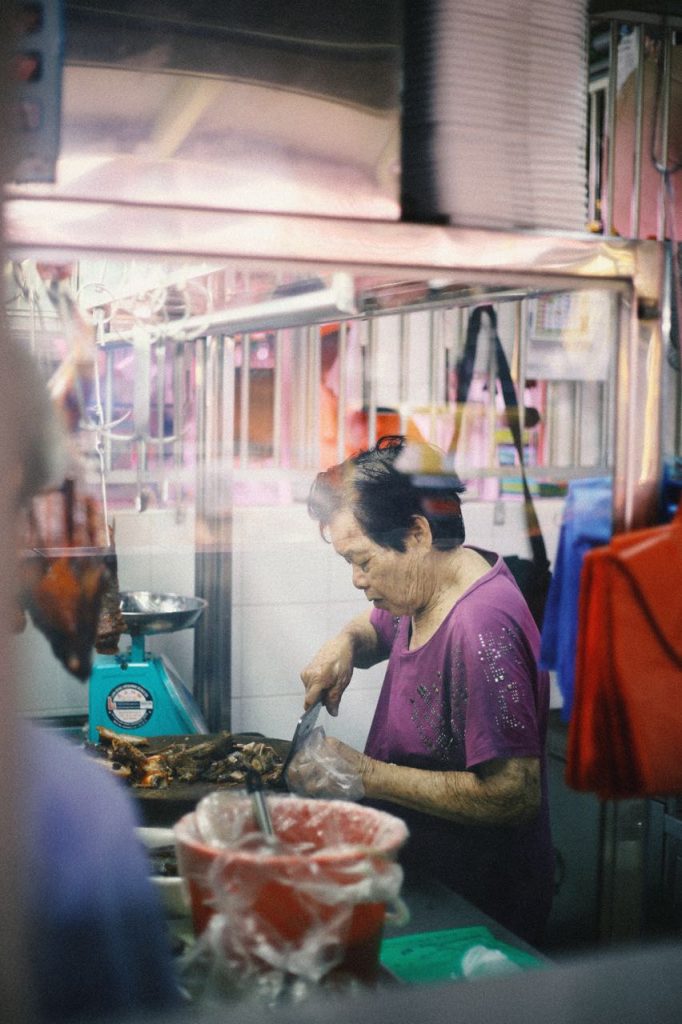

I don’t see any of these clothes making their way into the wardrobes of those currently in their 40s. Even for those in my mother’s generation, such clothing is already considered dated, although with more young Chinese couples choosing to get married in traditional Chinese garb, traditional costumes might become more mainstream.
That’s about it. If museums or fashion designers don’t immortalise these baggy, occasionally garish looking blouses, we’ll just have to accept that grandma swag, this eye-catching and defining style of our elderly women, will eventually die out.
